| Topic: DRAGONS UNICORNS MERMAIDS PEGASUS OTHER MYTHIC ANIMALS | |
|---|---|
|
Pictures and stories of dragons unicorns mermaids Pegasus. . . . Stories of dragons appear all throughout history and almost every culture has their own idea about dragons. Some reasons for this could be the finding of dinosaur fossils. Dragons could be used to describe the indescribable bones of unknown creatures. There are stories about dragons in every part of the world, with the exception of Antartica. Even though there are no people in Antartica, which in that way would seem to make it attractive to dragons, the climate proposes a problem for these creatures who like fire or live in water, but not ice water. One type of dragon, or sea monster, was feared back in the time of Christopher Columbus. During this time when the world was thought to be flat, these dragons were said to be at the edge of earth, waiting to eat any one who dared to sail that far into the ocean. This story kept many people from exploring farther into the world. Maps were even made marking the place where these dragons lived. At the edge of the map the words "Here Be Dragons" was almost always printed. Dragons have also appeared in stories that go back to the time of the gods in mythology. The story of Perseus and the Dragon of Posdeidon tells of a vain queen who almost sacrificed her daughter to the dragon, had it not been for Perseus. Dragons appear most in fairy tales and myths. In most cases the dragon is the keeper of some treasure, either gold and precious jewels or a maiden in despair. A knight in these stories must come to rescue the girl, or to retrieve the riches. To do this he must slay the dragon. Almost all young children have heard stories of dragons. A story that arose from the Middle Ages is about a knight, later called St. George, who rescued a princess from a dragon and in return was able to baptize the Pagan people to Christianity. The story says that every year a maiden was sacrificed to this dragon. One year when the princess was going to be sacrificed, St. George decided to rescue her. Using his sword, Ascalon, he was able to stab the dragon and later slay him. This may be one of the most popular heroic stories involving the death of dragons, although there are many. The story of St. George and the Dragon has been told for centuries and the event was even painted by the great artist Raphael. Like St. George and the Dragon, many other stories have been told about dragons and the heroes who kill them. One story like this comes from Norway. The king left his daughter in the castle while he went away on a long trip. He left her a tiny dragon to be her guardian. The princess was skeptical of the tiny creatures, fearing that it could not protect her. However, the dragon soon grew into a large monster. He soon became too good of a guardian for the princess when he grew large enough to wrap his body all around the castle and not let anyone in or out of it. When the king returned home, even he was not permitted inside the castle. The only thing to do was to kill this dragon, so the king offered his the marriage of his daughter to anyone who could kill this dragon. No man in Norway was capable, but a man in Sweden finally killed the beast. As his reward he married the princess and they returned to Sweden together. Another story is about another young man who fought a dragon for the reward of bringing the king's daughter to his master for marriage. In this story Tristan is tricked by another man who wants the princess for his own wife. In the end Tristan cut off the dragon's tongue as proof of his accomplishment and the lies of the other man were discovered. During the times of dragons in England, anyone who killed a dragon was awarded knighthood. In ancient Rome, dragons were thought to hold the mysteries of the earth. Romans looked to dragons as a source of knowledge and used them as symbols of strength for their military. They used two forms of dragons, one which was used for heroism, to protect them, and the other, a fearsome dragon, used as a threat. Other tales about dragons are more about their toes then the dragons themselves. How many toes a dragon has is quiet significant. Many different kinds of dragons are said to have 3 toes. The 4 toed dragons are said to be the earth dragons. But the 5 toed dragons are the most respected of all. Only a king or a high noble had the privilege of wearing a picture of the 5 toed dragon. In ancient times if a peasant was seen wearing the symbol of the 5 toed dragon, he would immediately be put to death. Dragons seem to have come from exaggerated myths about huge snakes, lizards or other reptiles. One type of dragon is actually called the Wyrm, and has a very snake-like form, with a dragon head. Another smaller form of dragon is called a dragonlet. These dragons are also venomous and can be deadly. In the story The Dragonlet of St. Pilatus, only man with a bad temper and skills with a sword was able to defeat this monster that was only the height of the hero. In almost every culture and all throughout history there are stories of these magical creatures called dragons. |
|
|
|
|
|
What is a Unicorn?
The unicorn is a legendary creature like a horse, but with a slender, usually spiral, horn growing out of its forehead. The popular image of the unicorn is that of a white horse differing only in the horn. In mideval lore, the spiraled horn of the unicorns was called the alicorn, and was thought to neutralize poisons. In popular mythology, unicorns were hunted for their horns, which were said to protect one against diseases, or, if made into a cup, would protect on eform any poison that might have been added to one's drink. This belief is derived from Ctesias' reports on the unicorn in India, where it was used by the rulers of that place for anti-toxin purposes so as to avoid assassination. People sold what they purported to be unicorn horns at this time, but were actually selling narwall horns (narwalls are whales with large, horn-like tusks that swim in cold water.) Traditionally, the unicorn had a billy-goat beard, a lion's tail, and choven hoofs. Ironically, this perception was more realistic, as only cloven-hoofed animals have horns. Unicorns were once thought of as nasty, easily provoked creatures, unlike the gentle perception we have of them today. They were thought to have deep, bellowing voices. As Ctesias, the ancient Greek physician, said: "The unicorn was native to India, the size of a donkey, with a burgundy head and white body; it had blue eyes, a single horn that was bright red at the top, black in the middle, and white at the bottom; the horn was also eighteen inches long." Julis Ceasar also described the unicorn, saying, "It had a deer's head, elephant's feet, a three-foot long horn, and a boar's tail." It was not until the middle ages that the unicorn began to take on its present form. A widespread legend is that, when Noah gathered two of every kind of animal, he neglected to gather the unicorns, which is why they do not exist today. The quilin, a creature in Chinese myth, is sometimes called "the Chinese unicorn," but is not directly related to the Western unicorn. The quilin has the body of a deer, the lead of a lion, green scales and a long froth-covered horn. In Japanese, the word kirin (written with the same Chinese ideograms) is used to designate both the giraffe and the mythical creature. Although the Japanese kirin is based on Chinese myth, it more closely resembles the Western Unicorn than does the Chinese quilin. |
|
|
|
|
|
Pegasus, the flying horse, was the son of Poseidon, king of the ocean, and Medusa, a horrible monster with snakes for hair.
Yet the stories of Pegasus are wonderful and warm. Some tell how Pegasus carried wounded Greek soldier from battle. Many people tried to kidnap this famous horse. Some succeeded. But the gods always intervened, always on the side of Pegasus, and always to the disadvantage of whomever had kidnapped him. Ultimately, after many adventures, Pegasus found a home on Mount Olympus. He became the thundering horse Zeus rode in the stars. |
|
|
|
|
|
Awesome thread, quite interesting, I need to read a little more on your posts, it also reminds me of the Lochness Monster, Nessie, which is considered a sea serpent, a legend, I will need to do more research on this.
|
|
|
|
|
|
And the best dragon. . .Elliott :) My son fell in love with him at age 3 and even had a stuffed dragon named Elliott that he carried around untill he was 14.
|
|
|
|
|
|
Awesome thread, quite interesting, I need to read a little more on your posts, it also reminds me of the Lochness Monster, Nessie, which is considered a sea serpent, a legend, I will need to do more research on this.   
|
|
|
|
|
|
And the best dragon. . .Elliott :) My son fell in love with him at age 3 and even had a stuffed dragon named Elliott that he carried around untill he was 14. I liked that movie from the day it came out. I still watch it when I can. Pete's Dragon.   
|
|
|
|
|
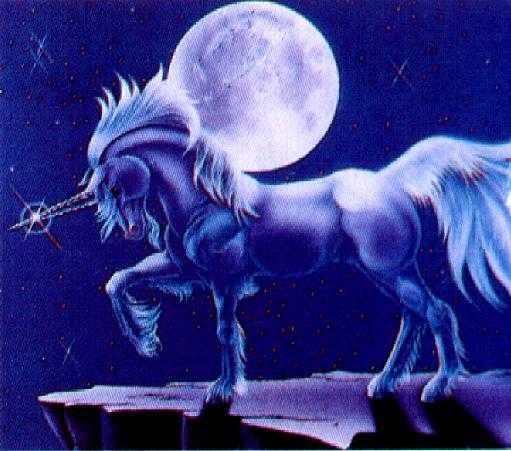
|
|
|
|
|
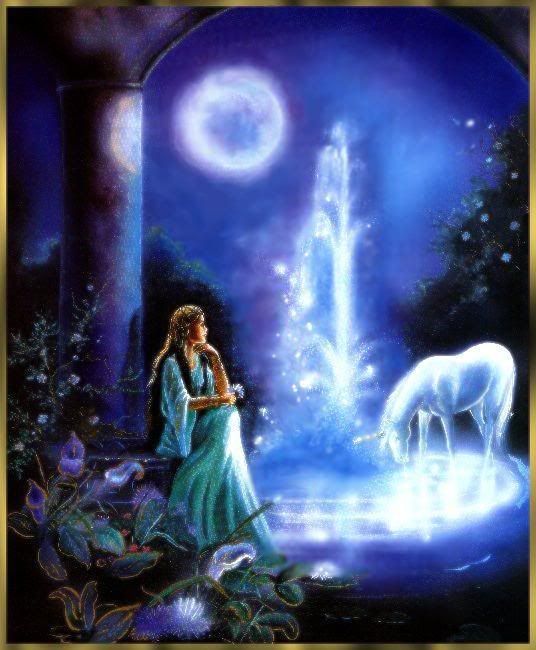
|
|
|
|
|
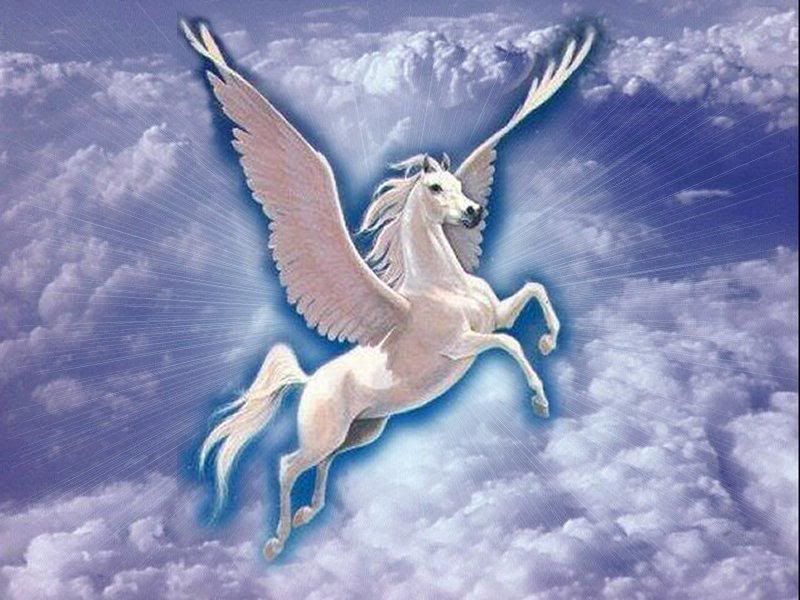
|
|
|
|
|

|
|
|
|
|
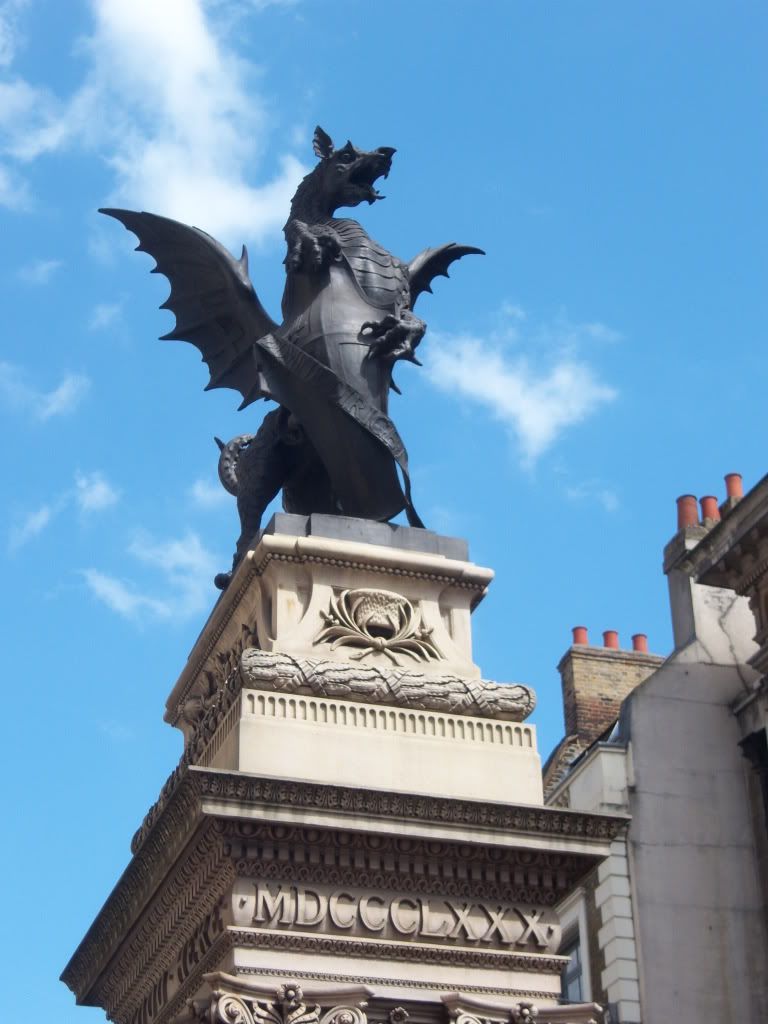
|
|
|
|
|
|
Edited by
tazzops
on
Sat 07/16/11 08:57 AM
|
|


|
|
|
|
|

|
|
|
|
|
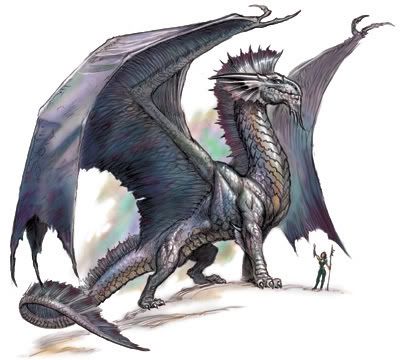
|
|
|
|
|
|
Edited by
tazzops
on
Sat 07/16/11 09:08 AM
|
|
 
|
|
|
|
|
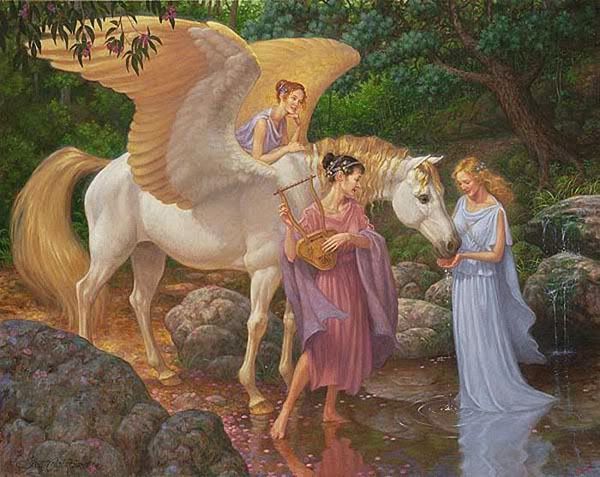
|
|
|
|
|
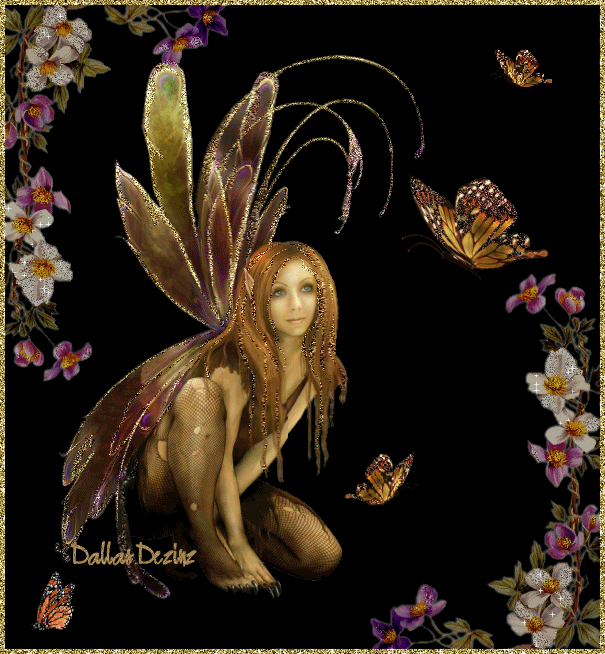
|
|
|
|
|

|
|
|
|
|

|
|
|
|
|








